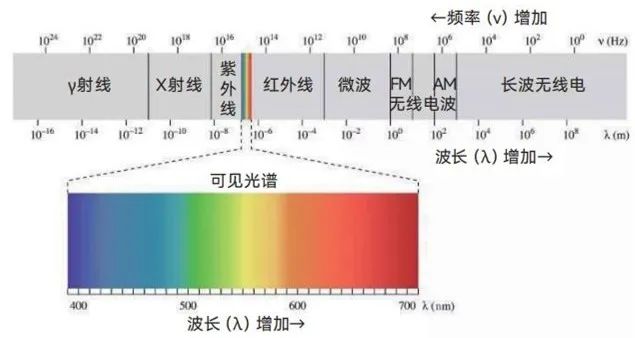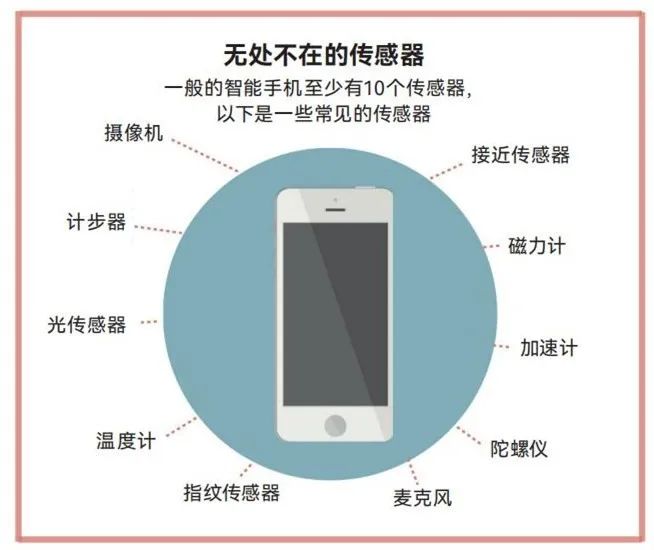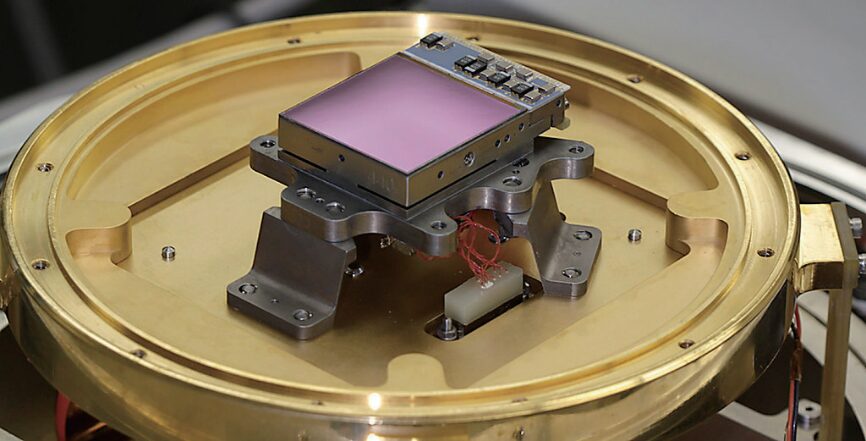



The most technologically advanced is the James Webb Space Telescope, launched on December 25, 2021. It has two infrared sensors, one for detecting wavelengths from 0.6 micrometers to 5 micrometers, and the other from 5 micrometers to 28 micrometers. With the support of these two infrared eyes, the James Webb Space Telescope can study the birth and growth of the universe and explore the atmospheric conditions of exoplanets, thus searching for potentially habitable Earth-like planets and seeking information about other life forms in the universe.
1.Ouch! The Hangnails on My Hand Keep Coming Back, It’s Not a Vitamin Deficiency, But…
2.Enough Water for 210,000 People for a Lifetime, But Not Enough for Google’s Servers for 7 Months?
4.Why Do You Cry Uncontrollably When You Argue?
